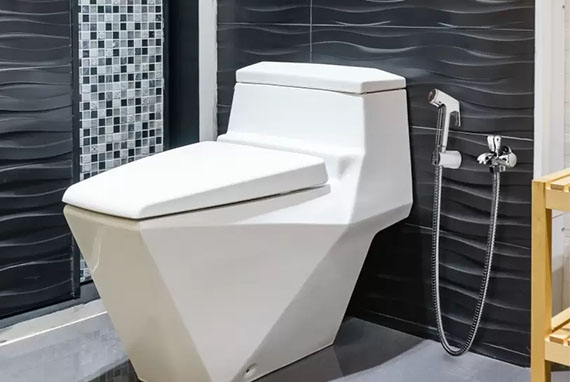One Solution for all Your Bathroom Needs
Reviews and buying guides for toilets, toiletries, and water purifiers.





Our Mission is to Help You
We know that your time is valuable. That’s why we do all the research for you, so you can spend your time on the things that matter most to you.






Reviews
We are glad that we have been able to help many users with our reviews. We post reviews about toilets, toiletries, and water purifiers.
24 April 2024
Get prepared for per night of excitement and fun
Get prepared for per night of excitement and fun There are many fun and exciting adult apps designed...
24 April 2024
Les 11 meilleurs|meilleurs|meilleurs|meilleurs|les plus utiles|les plus utiles} de Los Angeles Matchmakers de 2014
Parfois, c’est est mieux site de rencontre erotique quitter essentiel tâche vers pros, spécialement...
23 April 2024
1xbet официального Сайт Казино Игровыми Автоматами 1хбе
1xbet официального Сайт Казино Игровыми Автоматами 1хбет “казино Онлайн 1xbet Играть Онлайн В Казино...
23 April 2024
Unlock the potential of meeting ladies for sex now
Unlock the potential of meeting ladies for sex now There are advantages to fulfilling females for sex....
23 April 2024
5 Wörter Das sollte nicht Nehmen Eigenes Matchmaking -Profil
Als ein Follow-up zu meinem letzten Artikel ungefähr “5 Schlüsselwörter das muss sein in Ihrer...
22 April 2024
17 consistently Established places for Meeting one Cuban Cougar In 2023
So you’re into a lady from Cuba that is at the very least many years earlier? You love what you...
22 April 2024
How to find the perfect nympho woman for you
How to find the perfect nympho woman for you Finding the perfect nympho girl available could be a daunting...
21 April 2024
Social Atracción â „¢ Educa a los solteros en Privado formación Cursos dirigido hacia Éxito en Citas y vida
El pequeño tipo: A edad 18, Gary Gunn estuvo en cualquier tipo de accidente, y su increíble accidentes...
21 April 2024
Einfache Tipps zu Kochen Abendessen für Ihre Schatz
Trotz die Mehrheit Männern denken, nicht ganz alle Frauen sind Suzy Homemakers. wenn Sie in diese Arten...
20 April 2024
Warum du solltest Date Like a Manning
Doch Menschen werden ihn kritisieren und sagen, ob er nicht (was er getan), sein Vermächtnis könnte ändern|verändern}...

Renovate With Us
Are you making a new house or renovating the old one? Make sure that you read our reviews and buying guides so that your whole house is new, including your toilets.